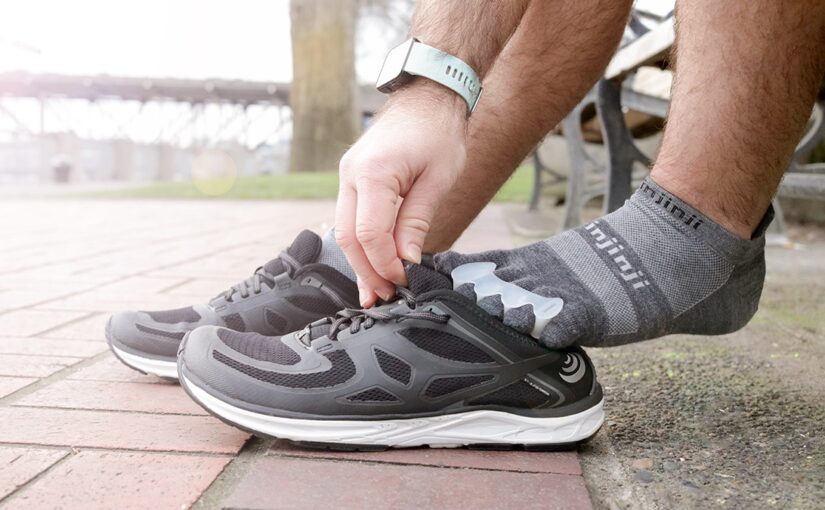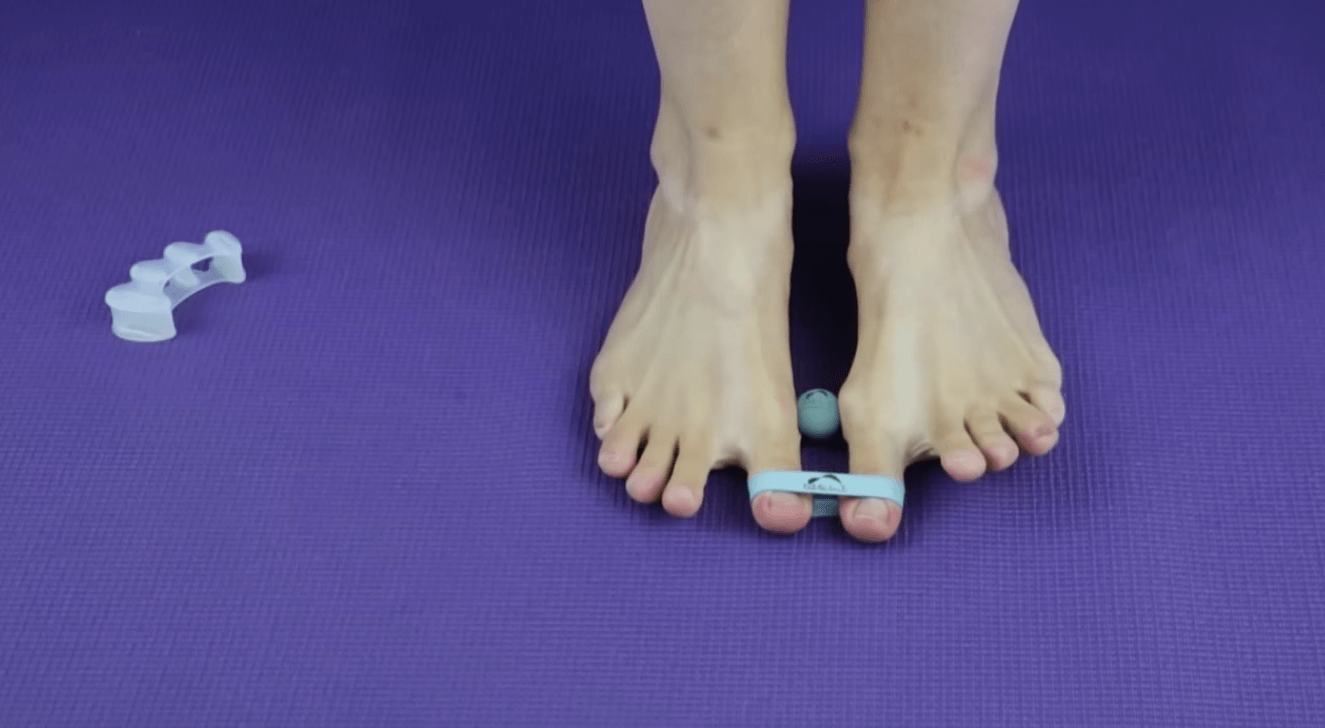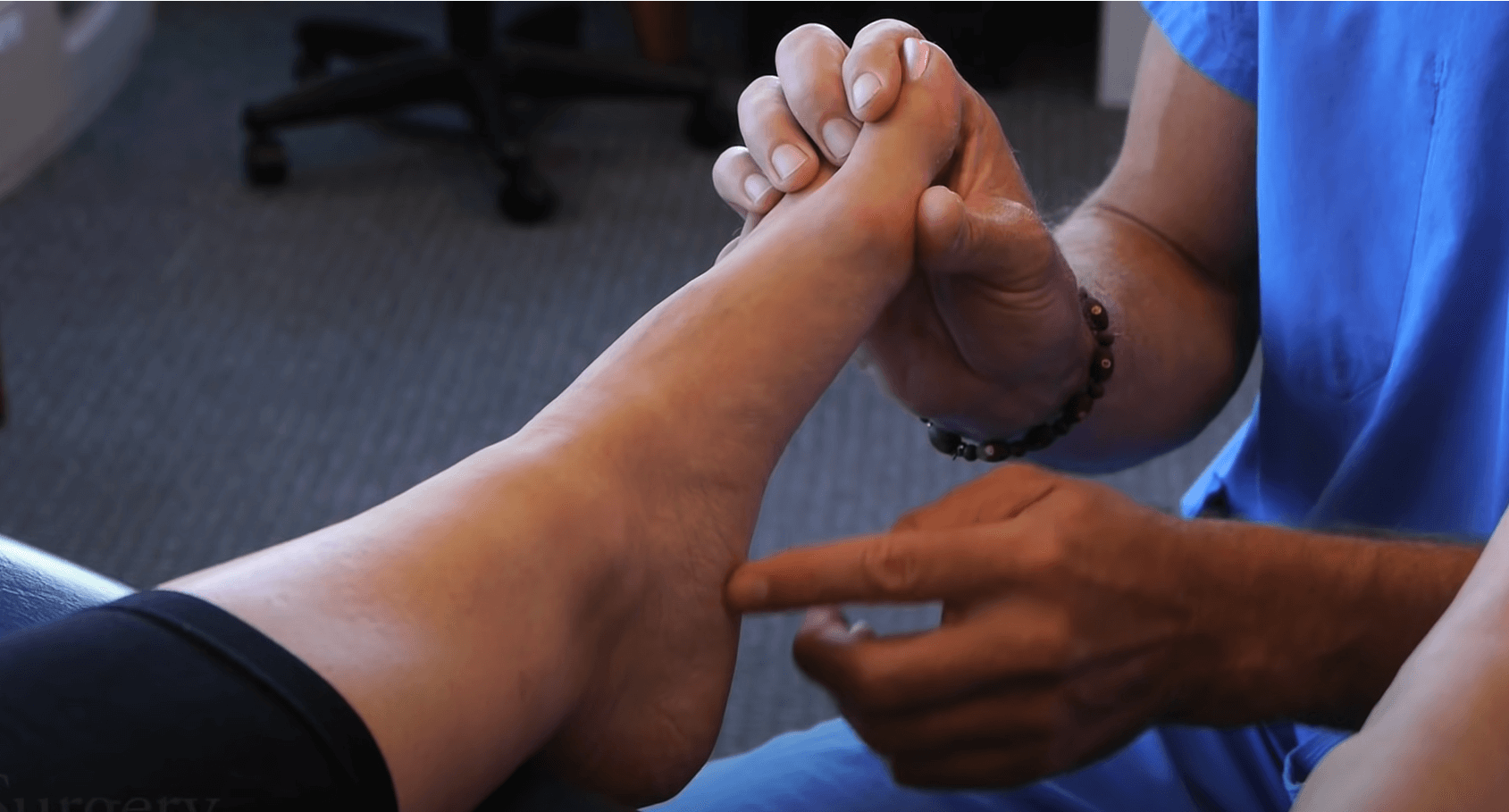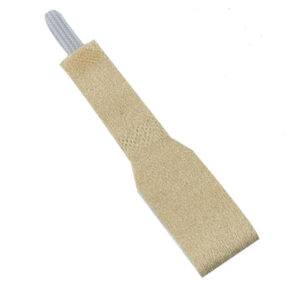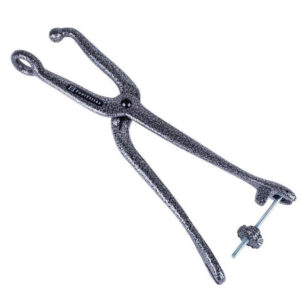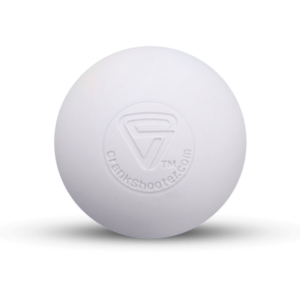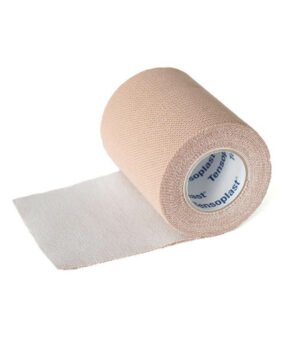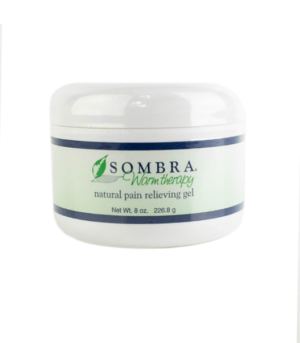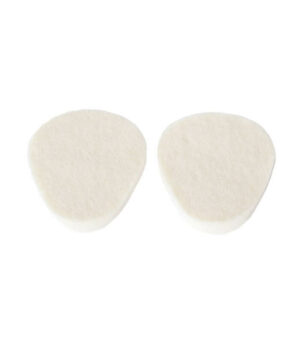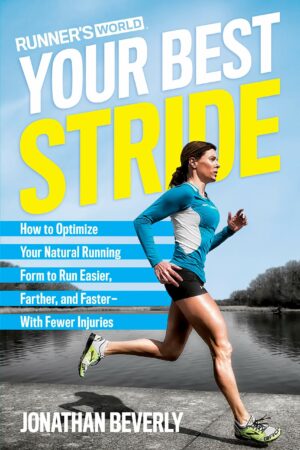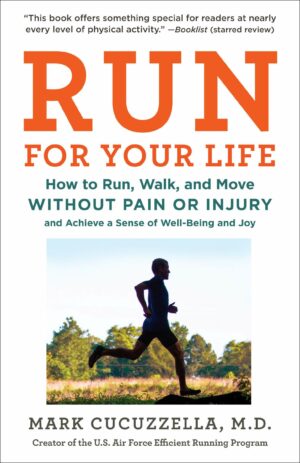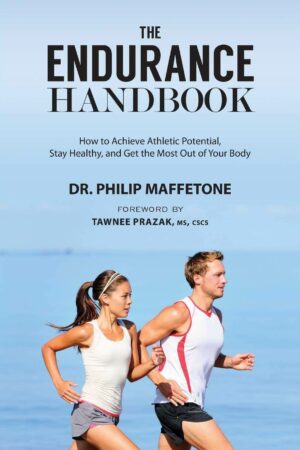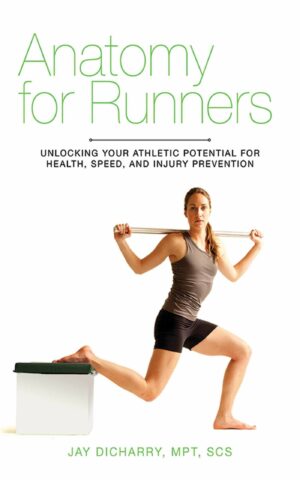Yes. Correct Toes toe spacers can be worn inside of natural footwear or naturally shaped shoes. Look for the Correct Toes Approved™ designation.
What it means to be Correct Toes Approved
Correct Toes are the only toe spacers designed to be worn with shoes. Not all footwear will accommodate your foot while wearing Correct Toes. The reason for this is that conventional footwear does not allow for natural toe splay or natural foot function whether you’re wearing Correct Toes or not. Correct Toes can only be worn inside of natural footwear or naturally shaped shoes.
The goal of natural footwear is to mimic the barefoot experience as closely as possible.
Shoes with minimal added features allow for natural foot function and optimized foot health.
Correct Toes Approved footwear generally meets the following criteria:
- Widest at the tips of toes
- Zero-Drop construction
- Completely flexible allowing for full-foot flexibility
- Absence of a toe spring
- The shoes should pass The Shoe Liner Test while wearing Correct Toes
Widest at the Tips of the Toes
Choose foot shaped shoes! Your shoes should be widest at the tips of the toes. Tapered toe boxes are responsible for several common foot conditions, including bunions, overlapping toes, and Plantar Fasciosis. Not only are narrow shoes extremely uncomfortable, but they can also cause long-term damage to our feet. Tapered toe boxes restrict blood flow, contort our feet into unnatural positions, and hinder natural biomechanics.
Wide toe box shoes mimic our natural barefoot shape to promote blood flow, stability, and natural foot strengthening.
Note that a “wide” shoe does not mean that the shoe has a wide toe box. Most people use the Brannock Device to measure shoe size. This device is found in most shoe stores and is used to take three measurements of the foot. The Brannock device measures the overall length of your foot, the length of your arch, and the width of your foot. This width measurement is reflected in the A-EEE scale. Measuring the foot’s width is extremely important. However, the Brannock Device measures the foot width at the ball of the foot instead of at the tips of the toes. The result is that “wide” shoe lasts are made to be widest at the ball of the foot and still have narrow, tapered toe boxes that cram our toes and do not give our feet enough room to splay naturally. “Wide” shoes will often have the same narrow toe box as its “medium” size. Always look for shoes that are widest at the tips of the toes. The image above depicts the difference between a shoe with a narrow toe box (left foot) and a shoe that is widest at the tips of the toes (right foot).
Tapered or pointed-toe boxes are purely aesthetic. There is no benefit to wearing narrow shoes. When our feet are shod in a narrow toe box, our big toe (hallux) deviates inward—this consistent deviation is how bunions form. Over time, our feet are forced into an unnatural shape forcing our feet to conform to the shoe’s shape. Shoes should be shaped like our feet – not the other way around!
Tapered toe boxes restrict blood flow in our feet. Shoes with tight toe boxes cramp the toes and cause the big toe (hallux) to deviate inward. This deviation constricts the lateral plantar artery, which negatively affects blood flow. Blood flow is essential to tissue health, injury recovery, wound healing, physical trauma recovery, and more. The image above depicts the difference between foot temperature and blood flow, comparing a foot wearing Correct Toes (right foot) to a foot without Correct Toes (left foot).
Shoes that are widest at the toes allow for natural toe splay. When our toes are splayed instead of cramped, blood circulation is optimized, and our feet can move in a way that will enable them to build strength by moving naturally.
Zero-Drop
What is a “Zero-Drop” shoe? Zero-Drop refers to the height difference between the heel of the foot and the ball of the foot. Zero-Drop design footwear refers to shoes where the heel and the ball of the foot are equal distance from the ground. When a shoe has a 0mm drop, there is no heel elevation or difference in height between the heel and the ball of the foot.
Zero-Drop shoes mimic our natural barefoot stance to promote balance, stability, and resistance to injury. The absence of heel elevation allows the foot to move, bend, and function without having to make unnecessary adjustments in posture, step propulsion, or gait. Lems Primal 2 pictured above.
Elevated heels are not exclusive features found in women’s shoes. Sneakers, loafers, sandals, boots, and athletic shoes for men, women, AND children can have subtle heels that are as tall as one inch in height! Though we do not label these shoes as “high heels,” it is important to note that heel elevation of any height causes our bodies to make adjustments in the feet, ankles, knees, hips, spine, and neck to maintain a standing posture. Left, barefoot, weight shared equally on heel and ball; right, on 3-inch heel weight shared 10% on the heel, 90% on the ball of the foot.
While standing barefoot, body weight is distributed equally between the heel of the foot and the ball of the foot. When elevating the heel, this weight distribution is thrown off dramatically. When shod in a 3-inch heel, 90% of our weight is carried on the ball of the foot and only 10% on the heel. Left, normal state of Achilles tendon and calf muscles barefoot; right, shortening of the tendon and muscles on medium 2-inch heel – and greater still on a 3-inch heel.
The adverse side effects of heeled shoes are not limited to the foot. Regularly wearing heeled shoes can result in the shortening of the Achilles Tendons and Calf muscles. In severe cases seen in habitual high heel wearers, the shortening these muscles and tendons result in the inability to walk comfortably when barefoot. Since both the Achilles Tendon and the calf play an essential role in walking, shortening these muscles and tendons results in altered step propulsion and changes in natural gait.
Many habitual high heel wearers experience pain while barefoot or when wearing shoes without a heel because their Achilles Tendon and Calf muscles have been permanently shortened. Sagittal MRI scan of the plantar flexor muscle-tendon unit (MTU). Images show the MTU while standing on a wooden wedge (left) and on a flat surface (right). Both images were obtained from a non-habitual HH wearer.
Completely Flexible
Conventional shoes have thick, clunky soles consisting of several components (outsole, midsole, sock liner, filler materials, cushioning, etc.). These components result in very stiff soles that do not allow for natural gait. When barefoot, the foot flexes about 55 degrees at the ball of the foot. Shoes with rigid soles flex 30 – 80 percent less than the unshod barefoot flexion—this inability to bend results in resistance and energy strain with every step.
Minimal or barefoot-style shoes have super flexible and thin soles that allow our feet and toes to move and flex naturally. Left, normal 55 degree angle of foot flexed for step push off; right, typical 25 degree flex angle of shoe. Creating flex resistance and energy strain.
Toe Spring is added to shoes with stiff soles to aid in step propulsion.
Wearing shoes that do not allow for natural foot movement can result in weekend foot muscles, shortened tendons, and foot and lower leg pain.
Always choose shoes that allow your foot to move and bend naturally. The healthy foot does not need any added features to aid or improve gait. Vivobarefoot Primus Lite exemplifying a completely flexible sole.
Absence of a Toe Spring
Toe spring refers to the upward angle of the toe box found in most conventional footwear, particularly athletic shoes. The angle between the ball of the foot and the end of the toe box in shoes with this feature can often be 20-25 degrees. This feature is often added to most modern footwear, primarily athletic shoes with the idea that it is helping us roll through our gait pattern and is somehow enhancing our gait. The reality is that toe spring weakens our feet and can lead to several foot conditions such as hammertoes, shortened tendons, foot pain, and limited movement of the toes. Toe Spring, the up tilt of toe end of the shoe; built into the last and transferred to the shoe.
Always choose footwear that mimics natural barefoot stance and avoid any additional features that may interfere with natural biomechanics. The absence of toe spring allows for natural step propulsion which enables our foot to build strength naturally.
Passes the Shoe Liner Test
The Shoe Liner Test determines whether or not your shoe has a wide enough toe box to accommodate your foot while wearing Correct Toes. When considering wearing Correct Toes with shoes, first perform the Shoe Liner Test to determine if your shoes will accommodate Correct Toes.
Passing the shoe liner test means that your shoe is widest at the tips of the toes and that your foot and all of your toes fit on the shoe liner while wearing Correct Toes. If your toes spill off the sides of the shoe liner at all, this indicates that the toe box is not wide enough to accommodate your foot while wearing Correct Toes.


